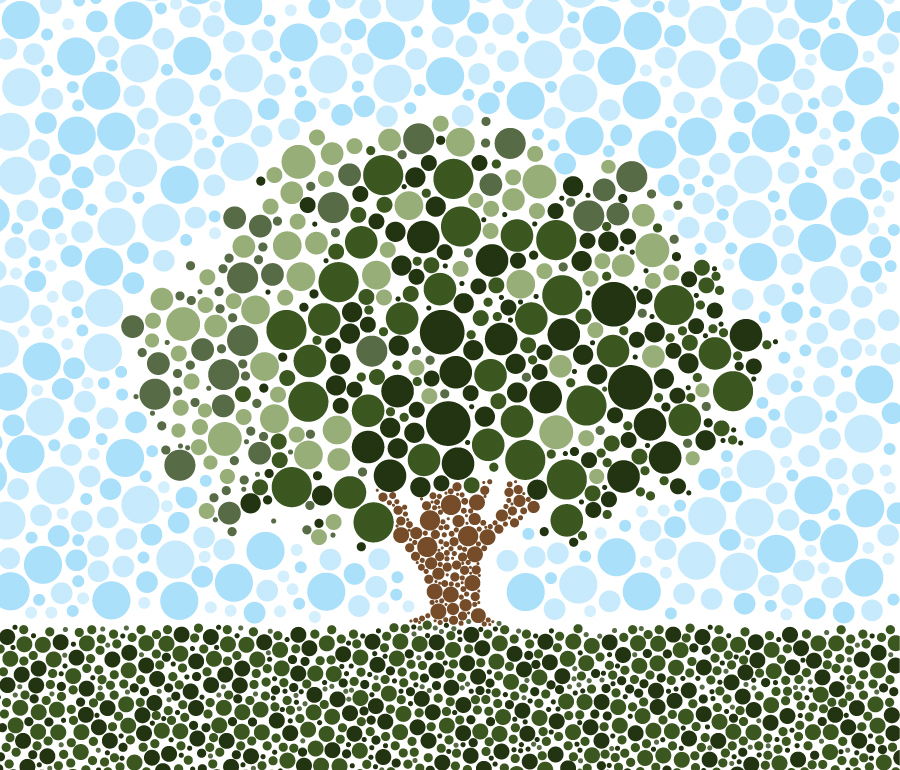8/6/2016
·Enable high contrast reading
Connecting the Dots

I am struck with a recurring phenomenon, of parents gradually “connecting the dots” of clinical information they have been given, and constructing a picture from that. The picture they create changes over time, but only after time does it eventually come to approximate the picture that clinicians have in their heads. Why does this happen, over and over again?
phenomenon, of parents gradually “connecting the dots” of clinical information they have been given, and constructing a picture from that. The picture they create changes over time, but only after time does it eventually come to approximate the picture that clinicians have in their heads. Why does this happen, over and over again?
I listened this week as a family I was just meeting for the first time struggled to connect their dots. Their child has had lifelong medical complexities, but had enjoyed a rich family life until recently when a medical complication landed her and her entire devoted family in a prolonged PICU stay. In the context of a prolonged intubation for neurologic treatments, an anticipated long recovery, and a possible new and permanent disability, her family had been advised that she would need a trach and a feeding tube, to which they consented. They were just now, weeks later and on the eve of a transfer to a rehabilitation facility, understanding for the first time that she might go home with these new contraptions, that she would not somehow magically shed them when she left the PICU.
In fairness, her medical condition was extreme in its rarity and uncertainties, although pediatric intensive care abounds in uncommon and ambiguous situations. Her medical team might not have anticipated that her recovery would be so protracted; in fact they might not have been anticipating recovery of any sort.
In fairness, her family had an overwhelming amount of information to focus on in the here and now, in the moment to moment business of a PICU stay.
But somehow, this successive unveiling of the medical realities is a process I have seen many families go through. I even know a little of it myself, having been through a recent unanticipated medical adventure with my adult daughter. As she was dealing with the moment to moment of pain, the indignities like nasogastric tubes, heparin shots, or the inconvenience of frequent wake-ups for medications and vital sign checks, I found myself focusing on what I could do to make those moments more bearable as we inched towards a hazy but rosier future. Only after several weeks of the ups and downs of her illness did it begin to dawn on me that her life might be permanently altered by the medical vulnerabilities that had arisen in her life, a risk that was unequivocally present from the outset even though I did not have that on my map. And I am a doctor…
It has caused me to think– that while there is much more that we as medical providers can do to be clear and candid, both about what we know and what we cannot know or predict, and that while there is more we can do to empower patients and families to question and to explore with them what is important or worrisome to them– there may well be a cognitive process of understanding which takes its own time. We each must connect our own dots.
How can we as clinicians add this perspective to our caring repertoire? Is there is a risk of sounding condescending or paternalistic-“there is more to this story but you are not ready to grasp it yet.” Should we worry about burdening families with uncertainties when we all are hoping for the rosiest outcome? Why name the bad things that might happen?
Listening to reflections of Courageous Parents Network families has helped me to respect the necessity of living in the moment, keeping the head down and ” getting through this,” when a child is ill. Hearing their stories augments my own experiences as clinician and parent, and enriches my knowledge base-I am able to say that I have seen how many parents “go through a journey in their understanding, and that may be what you will experience.” The family voices have taught me about how families are able to take a step back, reflect on what they have been through, and to connect the dots to get a clearer picture. Courageous Parents Network families have validated my own personal and clinical experience of the power of asking, listening, and accompanying. When I direct parents to the Courageous Parents Network website, I am hoping that they will use the family experiences portrayed there in much the same way, to see their own journey more clearly.
And perhaps if we together are able to name that process of connecting the dots, one that as partners in a team we can respect, monitor, and even sometimes push back on, we can make the journey less daunting.


